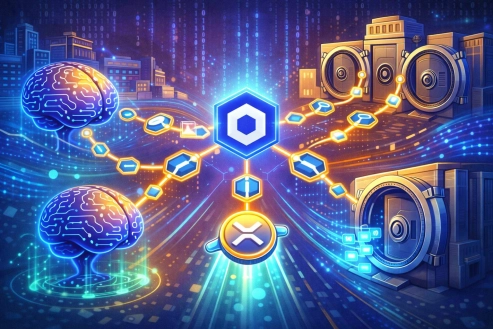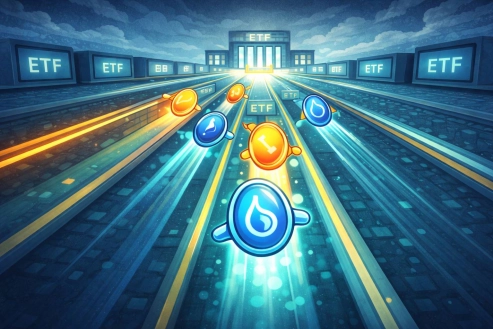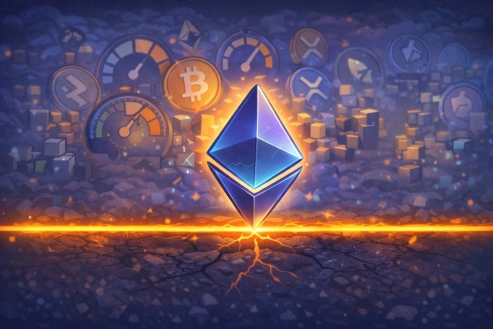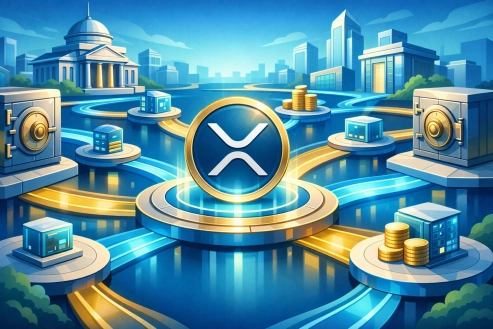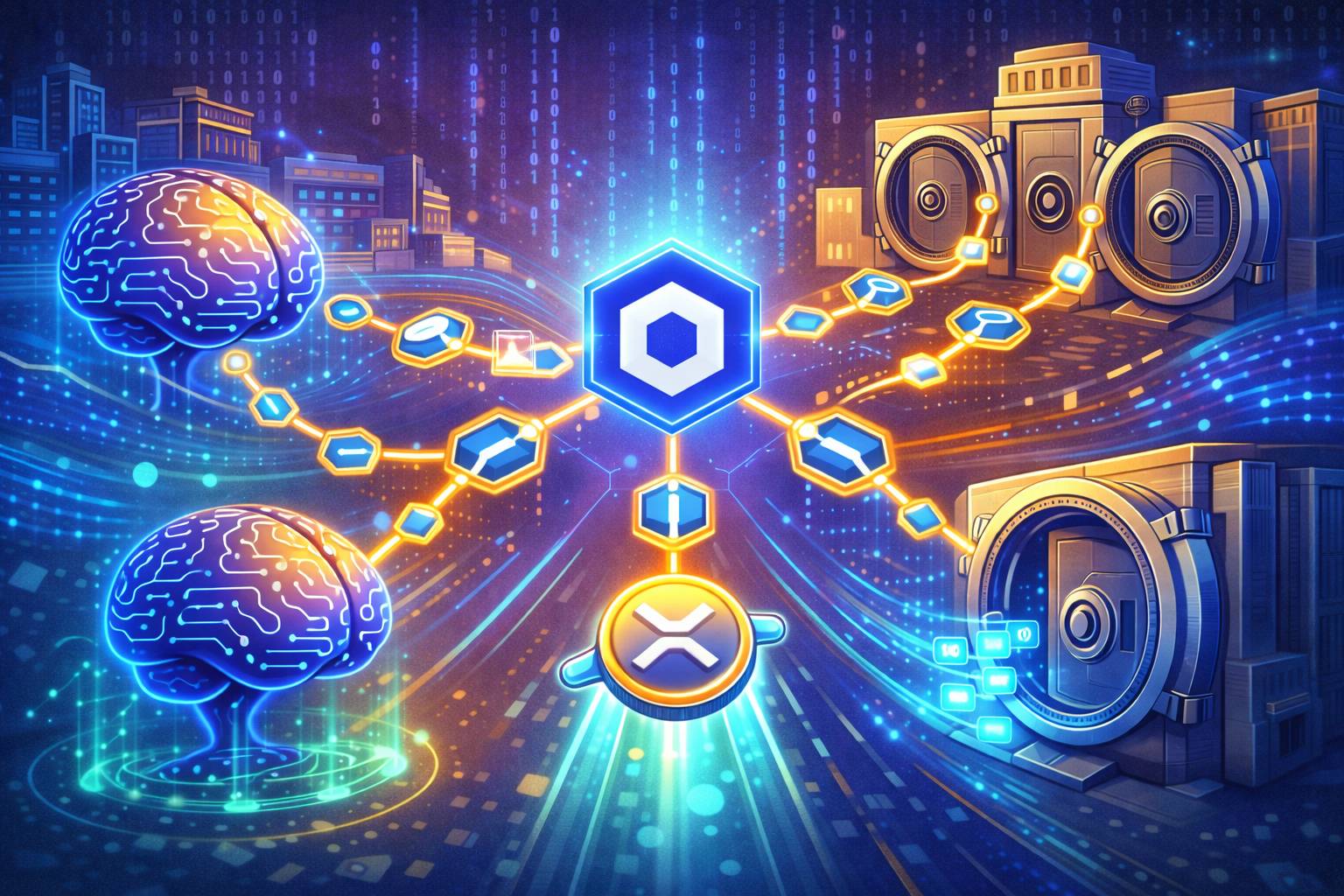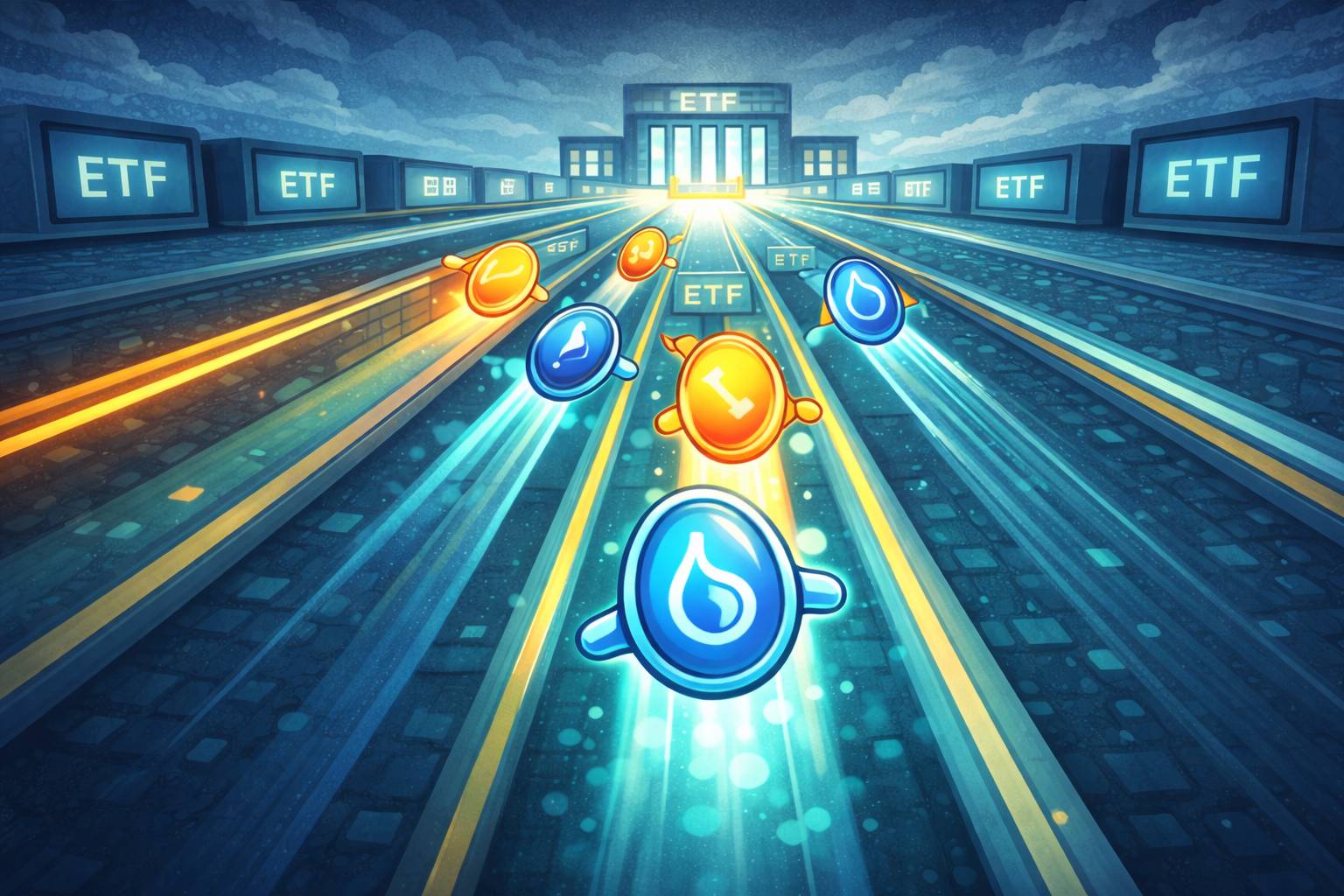What Is Causing the Slow Progress of Web3, and How Can It Be Accelerated?
Source: Depositphotos
Web3 is frequently referred to as the internet's third generation, introducing decentralized infrastructure and open systems designed to eliminate intermediaries and challenge the dominance of major tech companies like Google and Microsoft. Its goal is to replace Web2, the current generation of the web that most people still use.
Despite this ambition, the development of Web3 has been painstakingly slow. While there are countless Web2 applications in use, only a few Web3 apps have managed to capture attention. However, as developers gain access to more advanced tools, this trend might shift.
The slow pace of Web3's growth can be attributed to the steep learning curve developers face. Transitioning from Web2 to Web3 is intimidating, requiring developers to learn new technologies, such as blockchain, because Web3 applications, or dApps, focus heavily on decentralization and have a distinct architecture.
Blockchain is pivotal to this decentralization, forming the backbone of every Web3 dApp. For developers, this represents a significant shift since blockchain technology eliminates the need for centralized platforms like web servers and databases.
The emphasis on decentralization means Web3 architecture is unique. For instance, Web3 dApps utilize "smart contracts," which are specialized programs written to execute specific logic and serve as the application’s backend. These contracts operate on the same blockchain as the dApp and can automatically carry out actions based on set rules.
This architecture is essential for building a more inclusive and transparent digital space, free from censorship and restrictions. It aims to address the main drawbacks of Web2, notably the overwhelming control exerted by tech giants over user data.
Interest Exists
Although Web3 is promising, it has been a slow journey. Over ten years have passed since Dr. Gavin Wood first introduced the term "Web3," yet most internet apps remain centralized. Some might view the slow progress as a sign of disinterest in a decentralized web, but plenty of evidence suggests otherwise.
Significant investments are being funneled into Web3 development. Crunchbase reports that Web3 startups raised $2 billion in funding in the third quarter of 2024, marking a 43% increase from $1.4 billion the previous year.
Moreover, there's considerable public interest. According to Google's data, "Web3" receives about 200,000 monthly searches. Additionally, many developers are drawn to Web3, with over 34,000 contributing to open-source Web3 projects in 2021, as reported by Electric Capital.
These insights suggest that the limited number of Web3 apps isn't due to a lack of interest but rather the challenges developers face when shifting from conventional to decentralized applications.
Complexity of Web3 Development
A major hurdle for developers is the shortage of tools that simplify the creation of Web3 applications.
In the Web2 realm, a plethora of tools exist to assist developers, with the industry reaching a point where little to no coding skills are required to build a functional app. The rise of "low-code" and "no-code" development tools allows almost anyone to create Web2 applications with ease.
Using visual tools like drag-and-drop interfaces, users can assemble their Web2 applications, with the underlying code being generated automatically. This level of automation has revolutionized software development, enabling ordinary business personnel in large companies to develop apps without developer assistance.
Low-code tools are now advanced enough to support the creation of a wide range of applications, including websites, mobile apps, and business process management platforms.
Conversely, while Web2 development has grown significantly easier, Web3 development has become more challenging due to its "multichain world." Blockchain networks often operate in silos, and there are hundreds of them available for developers, such as Ethereum, Solana, BNB Chain, Cosmos, Fantom, Avalanche, and Polkadot.
Each blockchain is a separate environment, trapping its tokens, liquidity, and state data within its application ecosystem.
Due to their isolation, it's tough for Web3 dApps to communicate with others on different networks, limiting interoperability and affecting their usefulness.
Web3 developers also face a lack of essential infrastructure, forcing them to spend significant time and effort creating their own developer tools and integrations instead of focusing on their dApps. This adds complexity and slows progress.
Could Low-Code Be the Solution for Web3 dApps?
There are reasons to believe the challenges of Web3 development will not persist indefinitely, as the development ecosystem is evolving. Thanks to innovations like intent-based architectures, the hurdles of dApp creation are gradually being dismantled, making the transition easier for developers.
Intent-based architectures allow developers to specify their desired outcomes while the system handles the technical execution. This approach promises to bridge the gaps between different blockchain ecosystems. Instead of manually coding cross-chain processes, a developer can declare their application's goals, and the system will generate the necessary code.
One prominent platform utilizing intent-based architectures is Enso Network. It acts as a unifying layer, simplifying smart contract interactions across various blockchains and Layer-2 networks like AppChains and rollups. Enso functions as an "intent engine," allowing developers to outline their intentions. The platform then converts these intentions into actionable workflows that interact with underlying smart contracts on any blockchain, standardizing on-chain actions and eliminating the need for developers to master each network's complexities.
1/ Enso is blockchain shortcuts.
— Enso 🛠️ (@EnsoBuild) January 27, 2025
By mapping all onchain interactions to a shared engine, Enso lets you focus on your product.
Our new identity reflects what we provide: The fastest way to turn your ideas into reality.https://t.co/6V5x3tOLm0 pic.twitter.com/S2fiE54MTr
In essence, Enso acts as middleware, enabling developers to integrate DeFi applications from any blockchain into their dApps seamlessly. It eliminates the need for manual protocol integrations, allowing developers to experiment with various smart contracts, regardless of their hosting blockchain.
Enso isn't the only initiative striving for a low-code-like experience in Web3 dApp development. Several other projects are also working to simplify developers' tasks. For example, the recently introduced Aurora Cloud Console offers an easy way for developers and businesses to deploy and manage custom EVM blockchains with just a few clicks, without needing to write complex code. Additionally, new no-code tools have emerged, enabling anyone to create their own memecoin and liquidity pools on popular decentralized exchanges.
Concluding Thoughts
The rise of these tools indicates that Web3 development tools are finally evolving. By simplifying and abstracting the complexities of dApp development, they are easing the transition from Web2 to Web3.
These advancements are opening doors for developers familiar with Web2, allowing them to explore decentralized applications without investing heavily in learning foundational concepts first.
While Web3's rise has been sluggish, as these development barriers fall, it's only a matter of time before more developers start delving into the opportunities it presents.
Disclaimer: This article is provided for informational purposes only. It is not offered or intended to be used as legal, tax, investment, financial, or other advice.
Investment Disclaimer









